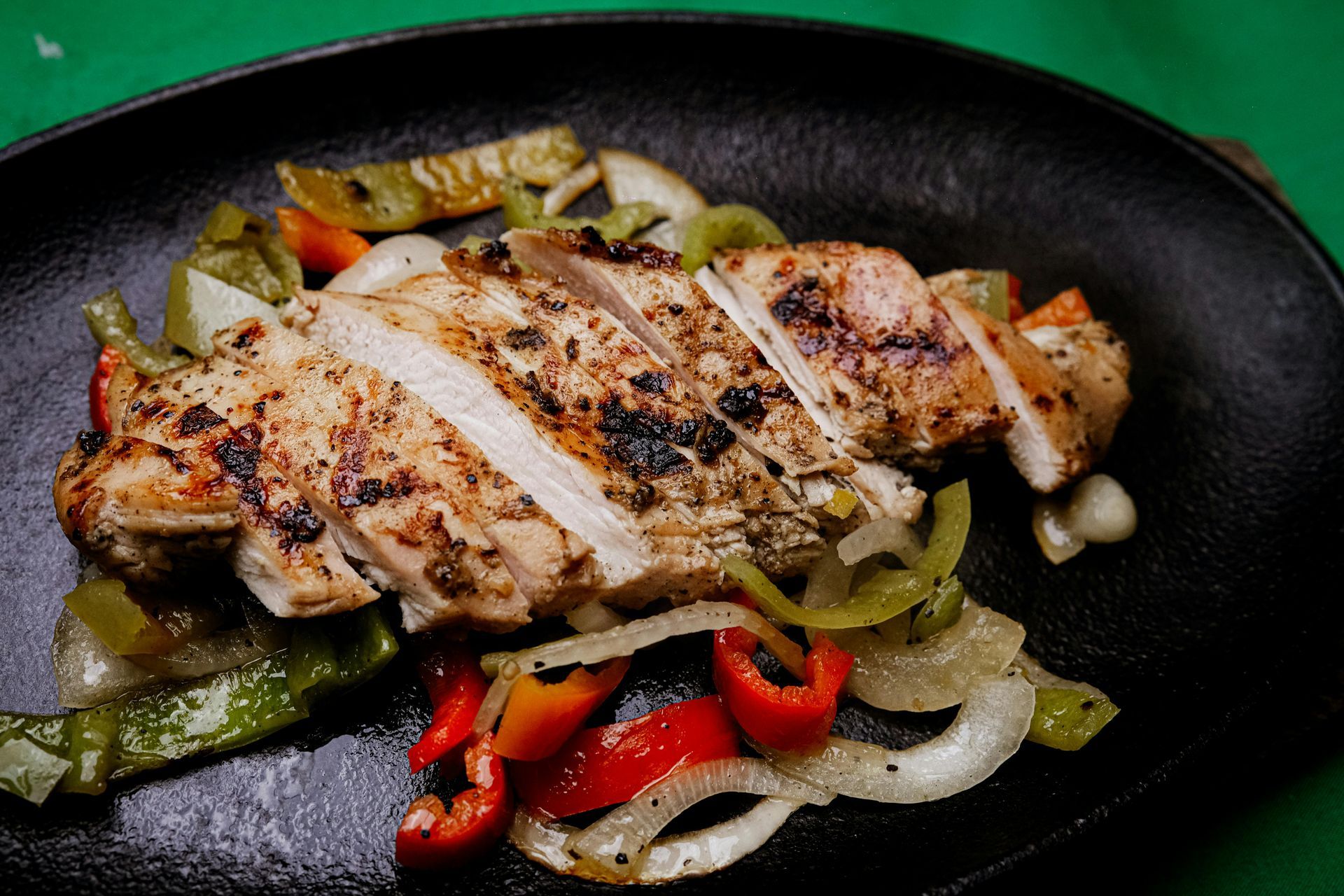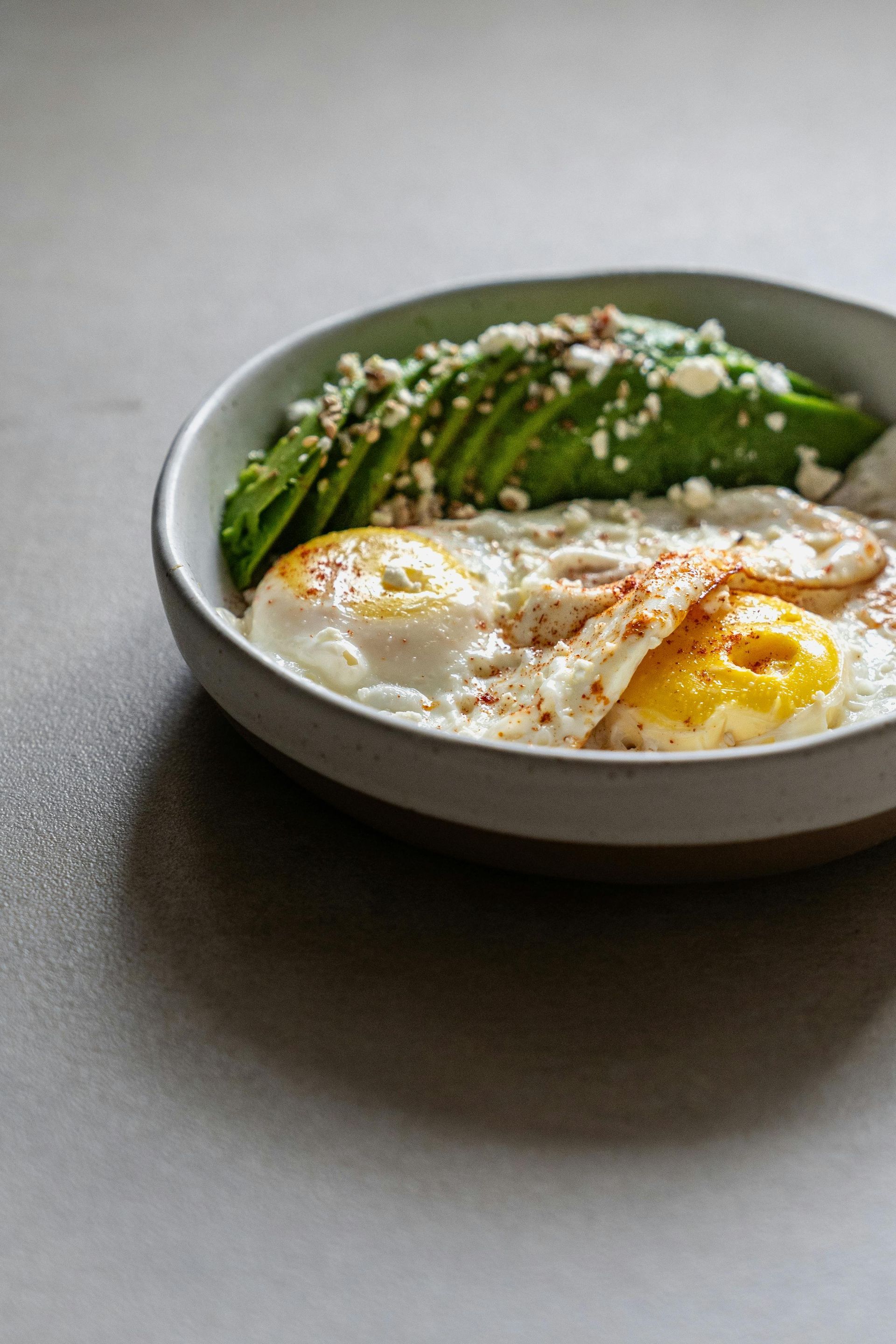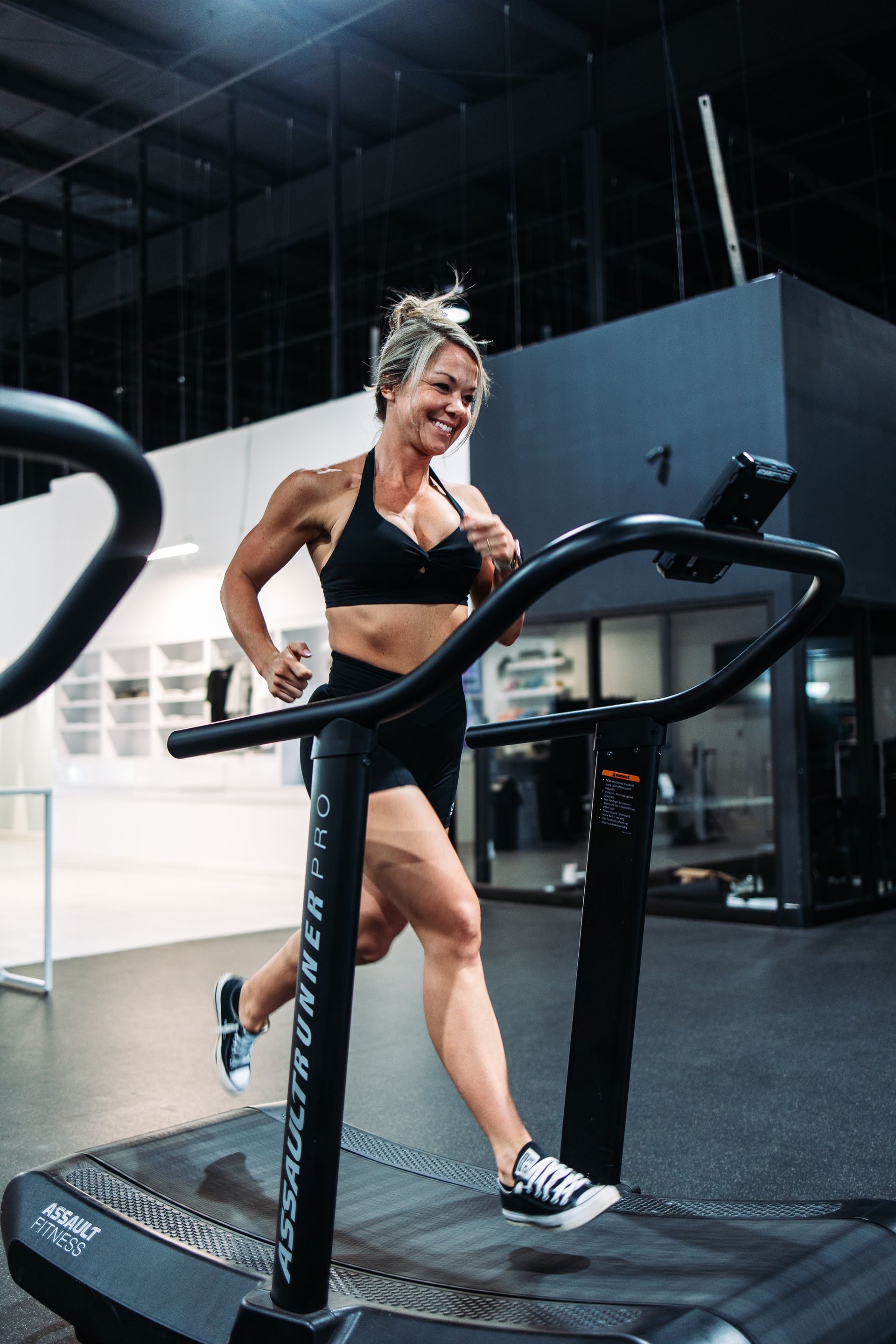Erica Nunn • April 4, 2025
Discipline Over Motivation—Every Time.
Listen… if I only worked out when I felt like it, we’d be having a VERY different conversation right now 😂
Motivation is fleeting. It’s an emotion. It comes and goes. And when you’ve been up all night with a sick kid, when work is draining, when the house is a mess and your energy is at a 2 out of 10—motivation ain’t knockin’ at your door.
But discipline… that’s the game-changer.
Discipline says:
“I don’t FEEL like it, but I’m doing it anyway.” “I’m tired, but my future self will thank me.” “This is uncomfortable, but it’s building something in me.”
I’m not perfect. I’ve had moments of falling off. Of self-doubt. Of excuses. But the key is—I don’t stay there. I get back up. I recommit. I remember my why.
Discipline isn’t punishment. It’s freedom. It’s how you become the woman you know you’re meant to be.
So sis, don’t wait to feel ready. Move anyway.

When you’re starting your fitness journey, you’ll hear a lot about protein and for good reason. Protein is essential for building and repairing muscle, keeping you fuller for longer, supporting healthy hair, skin, and nails, and even balancing hormones. But how much do you actually need each day? Why Protein Matters for Women Protein isn’t just for athletes or bodybuilders it’s a cornerstone of health for every woman. It plays a role in nearly every process in the body, and getting enough can transform how you feel, look, and perform. Key benefits of protein for women: Builds and preserves lean muscle – crucial for metabolism, strength, and shape. Boosts metabolism – muscle burns more calories at rest, helping with fat loss. Keeps you fuller for longer – reduces cravings and helps with portion control. Supports hormone balance – steady blood sugar and hormone production. Aids recovery and repair – faster bounce-back after workouts, illness, or injury. Strengthens hair, skin, and nails – protein is the building block of collagen and keratin. Supports bone health – works with resistance training to maintain strong bones. Boosts immune function – protein is key for producing antibodies and immune cells. How Much Protein Should You Eat? A good starting point for most active women is: 0.7–1.0 grams of protein per pound of goal body weight per day. For example: If your goal weight is 140 lbs, aim for 98–140g of protein daily. If your goal weight is 160 lbs, aim for 112–160g daily. Your exact needs will depend on your activity level, goals, and current body composition, but this range works well for most women starting out. The Benefits of Pairing Protein With Exercise Protein and exercise are a powerhouse combination. When you pair proper protein intake with strength training or regular workouts, the benefits multiply: Faster muscle growth & definition – you give your muscles the building blocks they need and the stimulus to grow. Better fat loss while keeping muscle – prevents the “skinny fat” look. Improved strength & performance more muscle means lifting heavier, running faster, and moving better in daily life. Faster recovery – less soreness and more energy for your next workout. Greater long-term results – builds a healthy, toned body that lasts, not just quick fixes. How to Spread Protein Throughout Your Day Your body uses protein more effectively when it’s spread across meals, not all eaten at once. Aim for 20–35g per meal, plus protein-rich snacks. Example: Breakfast: Greek yogurt with berries (25g) Snack: Protein shake (25g) Lunch: Chicken salad (30g) Snack: Cottage cheese with fruit (20g) Dinner: Salmon with veggies (30g) Easy High-Protein Foods for Beginners Chicken breast, turkey, lean beef Salmon, tuna, shrimp Eggs & egg whites Greek yogurt (plain, unsweetened) Cottage cheese Protein powder (whey, plant-based, or collagen blends) Lentils, chickpeas, black beans (also contain carbs) Tips for Hitting Your Protein Goal Start each meal with protein first — build the rest around it. Prep protein in bulk so it’s ready to grab. Use snacks to boost intake if you’re falling short. Track your food for a week to see where you’re at. Bottom Line: Protein is one of the most important nutrients for women starting a fitness journey. When combined with regular exercise, it’s a game-changer for your body composition, energy, and overall health. Hitting your daily protein goal supports better workouts, improved recovery, and lasting results — and it’s simpler than you think once you build the habit. 💬 Want help figuring out your exact protein needs and pairing them with the right workouts? Click the link & let’s get you started. https://www.breakthecore.com/

Whole Foods Grocery List + 5-Day Clean Meal Plan Grocery List PROTEINS: - Chicken breast (3-4 lbs) - Ground turkey or lean beef (2 lbs) - Eggs (2 dozen) - Salmon or cod filets (2 lbs) - Turkey or chicken sausage (nitrate-free) VEGGIES (fresh or frozen): - Broccoli - Green beans - Bell peppers - Zucchini - Sweet potatoes - Mixed greens or spinach - Carrots - Onion - Garlic CARBS: - Jasmine or brown rice - Quinoa - Sweet potatoes - Whole grain or chickpea pasta - Corn tortillas or rice cakes HEALTHY FATS: - Avocados - Olive oil - Nuts or seeds (almonds, chia, sunflower) - Nut butter (no sugar added) PANTRY STAPLES: - Low-sodium broth or stock - Canned beans (black or chickpeas) - Salsa - Coconut aminos or low-sodium soy sauce - Garlic powder, onion powder, paprika, chili powder, salt, pepper 5-Day Meal Plan MONDAY Lunch: Grilled chicken + sweet potatoes + roasted green beans Dinner: Turkey taco bowls (ground turkey, rice, sautéed peppers/onions, salsa, avocado) TUESDAY Lunch: Salmon + quinoa + steamed broccoli Dinner: Stir-fry with chicken, mixed veggies, and coconut aminos over rice WEDNESDAY Lunch: Turkey sausage + roasted sweet potatoes + spinach salad with olive oil Dinner: Ground beef zucchini skillet with garlic, onions & tomato THURSDAY Lunch: Tuna or egg salad lettuce wraps + rice cakes + side carrots Dinner: Baked chicken thighs + green beans + mashed sweet potatoes FRIDAY Lunch: Leftover stir-fry or grilled chicken salad Dinner: Sheet pan dinner: salmon or cod + roasted broccoli + carrots + sweet potatoes Prep Tips TIPS FOR EASY PREP: - Cook all proteins on Sunday or in a slow cooker while multitasking - Roast a big tray of veggies to mix and match - Use leftover dinner as lunch the next day - Pre-cook rice/quinoa for the week and portion it out

Let's get real: most women don't fail because they're lazy or unmotivated. They fail because their plan never fit their lifestyle in the first place. That's why every 1:1 coaching plan I build is customized, sustainable, and built around your reality - not some unrealistic cookie-cutter plan. Here's exactly how I structure things when we work together: 1. Deep Dive Intake: Your Story, Your Struggles, Your Strengths Your current routine, goals, and limitations Your relationship with food, fitness, and your body What's worked (or failed) in the past Where you need support most - physically, emotionally, mentally 2. Custom Nutrition Guidance (No Starvation Here) Your personalized macro targets (based on your goals) A simple, flexible eating framework using mostly whole foods Support for intermittent fasting (if it aligns with your routine) Easy meal prep ideas that don't require hours in the kitchen 3. Training That Matches Your Energy & Time A structured weekly workout plan tailored to your level, goals, and schedule Focus on progressive overload (so you keep seeing results) At-home or gym options (bands, dumbbells, or full gym -- we adapt) Strength + cardio built to fit YOUR body, YOUR goals 4. Mindset + Accountability = Real Change Weekly mindset prompts to stay connected to your "why" Coaching through setbacks (because they're normal) Messaging access for quick wins, questions, and support Encouragement to keep promises to yourself - that's where confidence grows 5. Clarity, Structure, Simplicity Workouts Macro tracker support Recipes Weekly focus & reflection Final Thought My job isn't to tell you to be perfect. It's to help you become the version of yourself who shows up consistently, eats like she loves herself, moves her body with power, and leads her life on purpose. If you're ready to ditch the chaos, ditch the guessing, and finally follow a plan that fits - my 1:1 coaching is where it all starts. Apply here or DM me 'READY' and let's build your plan together.


